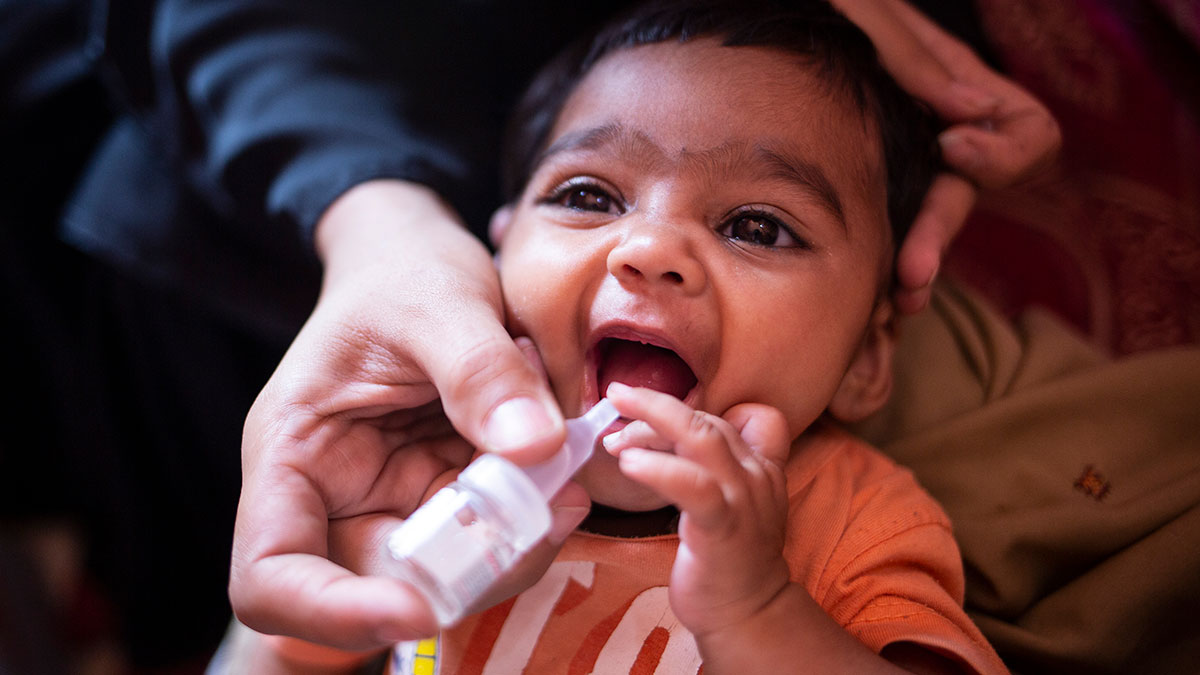As the world continues to grapple with the challenges of infectious diseases, polio remains one of the most significant public health concerns. Despite significant progress in reducing the number of polio cases globally, the disease still poses a threat to millions of people, particularly in low- and middle-income countries. The year 2025 has seen a renewed commitment to achieving polio vaccination equity, with countries, organizations, and stakeholders working together to ensure that every child has access to the life-saving vaccine. In this article, we will delve into the current state of polio vaccination equity, the challenges that remain, and the efforts being made to achieve a polio-free world.

The Current State of Polio Vaccination Equity
According to the World Health Organization (WHO), polio cases have decreased by over 99% since the launch of global eradication efforts in 1988. However, in 2022, 29 countries still reported cases of polio, with Afghanistan and Pakistan being the only two countries where the disease is still endemic. The majority of polio cases occur in areas with weak health systems, conflict, and poor sanitation.
Despite the progress made, significant disparities in polio vaccination coverage persist. In many low- and middle-income countries, access to polio vaccination is limited by factors such as poverty, lack of infrastructure, and cultural barriers. For example, in some parts of Africa, vaccination rates are as low as 40%, compared to over 90% in some high-income countries.
Challenges to Polio Vaccination Equity
Several challenges hinder efforts to achieve polio vaccination equity. Some of the key obstacles include:
- Conflict and insecurity: Conflict and insecurity in countries such as Afghanistan, Syria, and Yemen have made it difficult to reach children with polio vaccination, leaving them vulnerable to the disease.
- Poverty and lack of infrastructure: In many low-income countries, lack of access to healthcare facilities, roads, and transportation makes it difficult to deliver polio vaccines to remote and underserved areas.
- Cultural and social barriers: In some communities, mistrust of vaccines, cultural beliefs, and social norms can prevent families from accessing polio vaccination.
- Funding and resource constraints: The global polio eradication effort requires significant funding and resources, which can be challenging to mobilize, particularly in low-income countries.
Efforts to Achieve Polio Vaccination Equity
To address the challenges to polio vaccination equity, countries, organizations, and stakeholders are working together to strengthen health systems, improve access to vaccination, and address cultural and social barriers. Some of the key efforts include:
- Global polio eradication initiative: The Global Polio Eradication Initiative (GPEI) is a public-private partnership that brings together governments, organizations, and stakeholders to coordinate efforts to eradicate polio.
- Vaccine distribution and logistics: Organizations such as UNICEF and the WHO are working to improve vaccine distribution and logistics, including the use of innovative technologies such as drones and solar-powered refrigerators.
- Community engagement and mobilization: Efforts to engage and mobilize communities, particularly in areas with low vaccination rates, are critical to building trust and improving access to polio vaccination.
- Health system strengthening: Strengthening health systems, including training healthcare workers and improving infrastructure, is essential to ensuring that every child has access to polio vaccination.
Innovative Solutions to Polio Vaccination Equity
In recent years, innovative solutions have been developed to improve polio vaccination equity. Some examples include:
- Mobile health teams: Mobile health teams, which travel to remote and underserved areas, have been effective in reaching children with polio vaccination.
- Vaccine vouchers: Vaccine vouchers, which provide families with a financial incentive to access polio vaccination, have been successful in increasing vaccination rates.
- Digital platforms: Digital platforms, such as mobile apps and social media, are being used to raise awareness about polio vaccination and provide families with information about vaccination schedules and locations.
- Partnerships with local organizations: Partnerships with local organizations, such as community-based organizations and faith-based groups, have been effective in building trust and improving access to polio vaccination.
FAQs
- What is polio, and how is it transmitted?
Polio, also known as poliomyelitis, is a highly infectious disease caused by the poliovirus. It is transmitted through the fecal-oral route, where the virus is shed in the stool of an infected person and can contaminate food, water, and surfaces. - What are the symptoms of polio?
The symptoms of polio can range from mild, such as fever and headache, to severe, such as paralysis and respiratory failure. - How effective is the polio vaccine?
The polio vaccine is highly effective, with a success rate of over 99% in preventing polio. - Why is it important to achieve polio vaccination equity?
Achieving polio vaccination equity is critical to preventing the spread of the disease and protecting vulnerable populations, particularly children under the age of five. - What can individuals do to support polio vaccination equity?
Individuals can support polio vaccination equity by donating to organizations that work on polio eradication, spreading awareness about the importance of polio vaccination, and advocating for increased funding and resources for global health initiatives.
Conclusion
Achieving polio vaccination equity is a critical step towards eradicating the disease. While significant progress has been made, challenges persist, particularly in low- and middle-income countries. To overcome these challenges, countries, organizations, and stakeholders must work together to strengthen health systems, improve access to vaccination, and address cultural and social barriers. Innovative solutions, such as mobile health teams, vaccine vouchers, and digital platforms, have shown promise in improving polio vaccination equity. As we move forward in 2025, it is essential that we continue to prioritize polio vaccination equity and work towards a polio-free world. Every child deserves access to the life-saving polio vaccine, and together, we can make this a reality.
Closure
Thus, we hope this article has provided valuable insights into Polio Vaccination Equity: A Global Commitment to Eradication. We thank you for taking the time to read this article. See you in our next article!